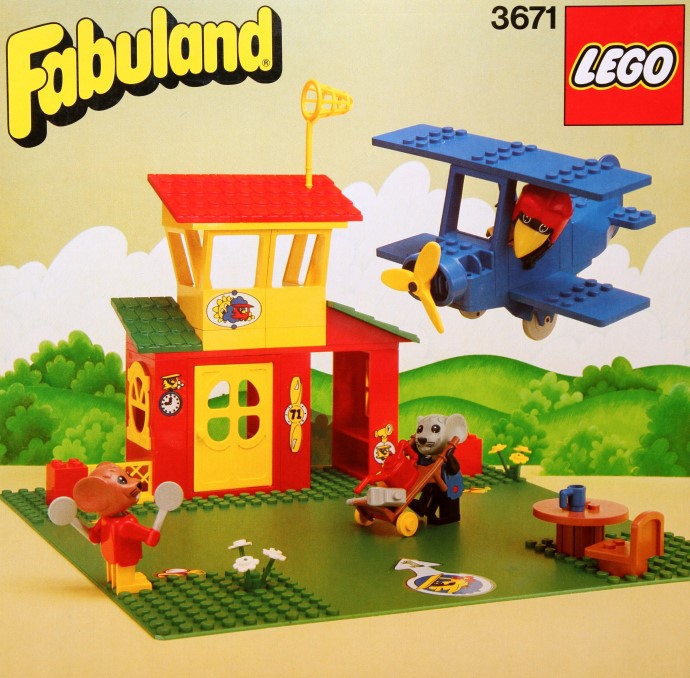It's no secret that New Elementary has a soft spot for the LEGO® FABULAND® theme. We've covered it on many occasions, examining its colours, exclusive elements, discontinued moulds and legacy.
Evidently, we're not the only ones with a fondness for Fabuland, as it is the subject of this year's LEGO® House exclusive set, 40506 LEGO Fabuland Tribute. This will be the sixth LEGO House exclusive set to be released and you can read more about the design process in our article covering the reveal of the LEGO Fabuland Tribute set.







